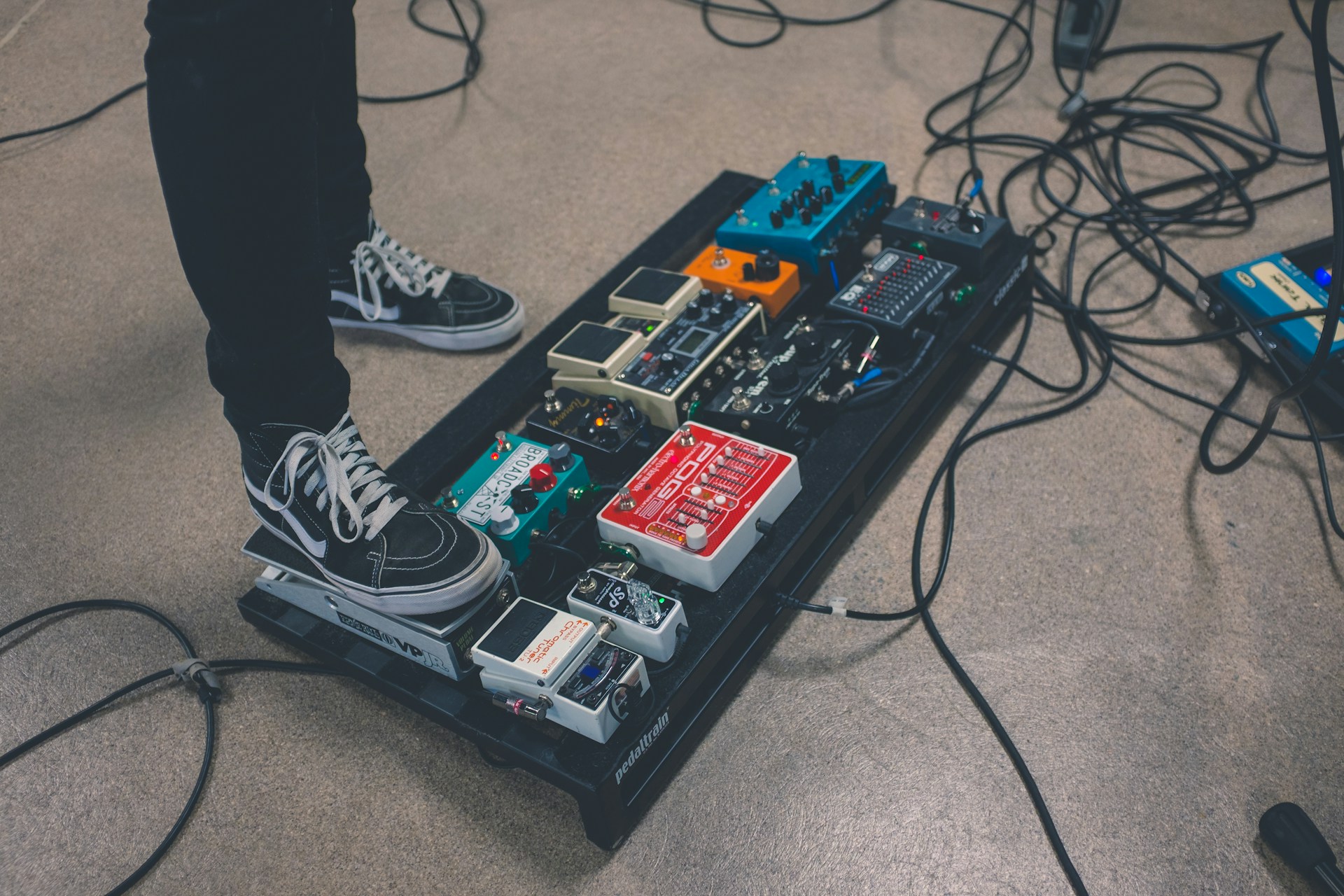
Percussion instruments play a vital role in an orchestra, providing rhythm, color, and dramatic effect. From the powerful timpani to the delicate triangle, these instruments add depth and excitement to orchestral music. This article explores the various percussion instruments, their functions, and their impact on the overall sound of an orchestra.
Types of Percussion Instruments in an Orchestra
Percussion instruments in an orchestra are divided into two main categories: pitched (tuned) and unpitched (untuned) instruments.
Pitched Percussion Instruments
Pitched percussion instruments produce specific musical notes and can play melodies and harmonies.
- Timpani: Also known as kettledrums, timpani are large drums with adjustable pitch, often used to reinforce harmony and provide dramatic emphasis.
- Xylophone: The xylophone consists of wooden bars arranged like a keyboard, producing a bright, percussive sound.
- Marimba: Similar to the xylophone but with larger bars and resonators, the marimba has a richer, more resonant tone.
- Glockenspiel: This instrument features metal bars that produce a clear, bell-like sound.
- Vibraphone: Equipped with metal bars and rotating resonators, the vibraphone has a distinctive, mellow tone often used for sustained notes and chords.
- Celesta: Resembling a small piano, the celesta produces a delicate, ethereal sound with metal plates struck by hammers.
Unpitched Percussion Instruments
Unpitched percussion instruments produce sounds with indefinite pitch, often used for rhythmic patterns and special effects.
- Snare Drum: Known for its sharp, staccato sound, the snare drum is essential for rhythmic precision.
- Bass Drum: The largest drum in the orchestra, the bass drum provides deep, powerful beats that underpin the music.
- Cymbals: Cymbals produce a crashing sound that adds intensity and accentuation.
- Tambourine: This small, handheld drum with jingles adds a bright, rhythmic texture.
- Triangle: The triangle produces a high-pitched, ringing sound, often used for delicate accents.
- Castanets: Commonly used in Spanish music, castanets produce a clicking sound and add rhythmic flair.
- Tambour: A large drum played with the hands, the tambour provides a resonant, rhythmic foundation.
- Gong: The gong produces a deep, resonant sound that can signify dramatic moments or transitions.
Functions of Percussion Instruments in an Orchestra
Rhythm and Pulse
Percussion instruments are crucial for maintaining the rhythm and pulse of the orchestra. They provide the beat and help keep the ensemble in sync.
- Timpani and Bass Drum: These instruments often play fundamental beats, providing a steady pulse and grounding the orchestra’s rhythm.
- Snare Drum and Cymbals: These instruments add rhythmic complexity and accentuate specific beats, enhancing the overall rhythmic structure.
Color and Texture
Percussion instruments add color and texture to the orchestral sound, creating a rich and varied sonic palette.
- Xylophone and Glockenspiel: These instruments add brightness and clarity, often used to highlight specific melodies or harmonic lines.
- Marimba and Vibraphone: These instruments provide warmth and resonance, contributing to the orchestra’s harmonic depth.
Dramatic Effect
Percussion instruments are often used to create dramatic effects, heightening the emotional impact of the music.
- Timpani and Cymbals: These instruments can create powerful crescendos and accents, emphasizing climactic moments.
- Gong and Bass Drum: These instruments can signify dramatic transitions or evoke a sense of awe and grandeur.
Special Effects
Percussion instruments can produce unique sounds and special effects, adding a layer of intrigue and creativity to the music.
- Triangle and Tambourine: These instruments can add subtle, sparkling effects that enhance the overall texture.
- Castanets and Whip: These instruments can create distinctive rhythmic patterns and special effects, adding character and flair to the music.
Notable Composers and Percussion in Orchestral Music
Many composers have used percussion instruments innovatively, pushing the boundaries of orchestral music.
- Ludwig van Beethoven: Beethoven expanded the role of timpani in his symphonies, using them to create dramatic tension and rhythmic drive.
- Igor Stravinsky: In works like “The Rite of Spring,” Stravinsky employed a wide range of percussion instruments to create complex rhythms and striking soundscapes.
- Béla Bartók: Bartók’s “Concerto for Orchestra” features prominent percussion parts, showcasing the instruments’ versatility and expressive potential.
- John Cage: Cage’s experimentation with prepared piano and unconventional percussion instruments broadened the scope of percussion in contemporary music.
Conclusion
Percussion instruments play a multifaceted role in an orchestra, contributing rhythm, color, dramatic effect, and special effects. Their versatility and expressive power make them indispensable in creating the rich, dynamic soundscapes that define orchestral music. Understanding the various types of percussion instruments and their functions can deepen one’s appreciation for their integral role in the orchestra. This high-quality content aims to provide readers with an engaging and informative overview of percussion instruments in orchestral music, meeting the standards for AdSense approval and offering valuable insights into the world of music.
